John Hurrell – 16 May, 2012
The oddity of mixing shadows and refraction together also suggests something else that regularly occurs in photographic images because of properties within the camera lens: chromatic aberration. Such haloes hint that photographic reproduction as subject matter is just as important to this artist - if not more - as seeing fuzzy shadows on walls directly.
Brad Lochore is a painter who lives and works in the UK where he is highly regarded for his subtle images of pale evanescent light and soft flickering shadows. Though he was born in Wellington he has spent most of his life in England. Two years ago he did a residency at Two Rooms. A couple of the works he made during that visit are included in this show which is like a mini-survey.
As with Simon McIntyre (whom I wrote about recently), Lochore’s work in this his second exhibition typically shows his fascination with the laws of physics, optical sensations and the effects of light. Whereas McIntyre tends to be about shapes resulting from reflected surfaces and dark backgrounds - often on groups of windows or the edges of architectural features like balconies - and handmade marks, Lochore examines blurred shadows, but combined with the refractive properties of glass, and more clinical in finish. His key-keyed images of mottled linear grids cast by structures like chandeliers or glasshouses have subtle spectral edges that take you by surprise.
This delicate colour is salient in the most recent works, for Lochore is clearly intrigued by light passing through glass and splitting the wavelengths. Some works he mixes in foreshortening and how different planar angles can introduce different tints. Yet the works do not appear to be taken from some optics textbook; the artist seems to like to improvise and mix phenomena that wouldn’t normally be juxtaposed.
The oddity of mixing shadows and refraction together also suggests something else that regularly occurs in photographic images because of properties within the camera lens: chromatic aberration. Such haloes hint that photographic reproduction as subject matter is just as important to this artist - if not more - as seeing fuzzy shadows on walls directly.
So too is the nature of marks that build up an image in a painting. The works made in Auckland show Lochore copying the wrinkles of a section of clear plastic wrapped round a canvas stretcher. To do it he uses traditional paint brushes and the malleable properties of the slow drying paint to make effective images of the translucent polythene - quite different from the other shadow paintings which could at times be mistaken for airbrushed works because of their smudgy sooty lines.
One painting looks like rumpled grey silk, though the rendered sagging plastic appears from the other side of the room to be clouds in the sky on an overcast day, with a storm approaching. The light glows wonderfully with real intensity. The other Auckland-made work is paler overall (less dramatic contrast) and looks smooth in its reproducing of unrolled shiny clear plastic, but with some areas featuring vigorous oily brushstrokes that cause the image to break down, hinting at a gestural frenzy. It fragments in a flurry of twitchy marks while partially clinging to its aspired verisimilitude.
Lochore makes nuanced contemplative paintings that really get you involved in their production processes - such as his use of photographs - as well as causing you to admire his skill and interest in the transient evanescent world that inspires him. These out-of-focus images are very focussed in their limited range of subject-matter, the scrutiny of light and shadows cast on a studio wall, as well as the peculiarities of a snapshot he might take. The ubiquitous but normally ignored phenomena that surround us during our activities in daylight.
John Hurrell

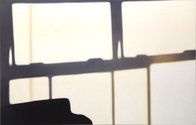
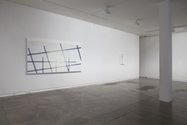
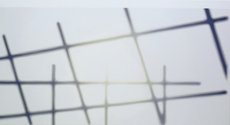
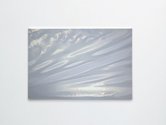
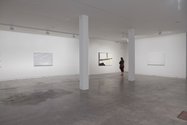
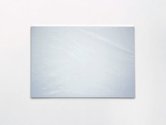
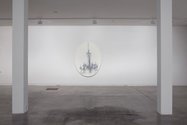


 Two Rooms presents a program of residencies and projects
Two Rooms presents a program of residencies and projects Advertising in this column
Advertising in this column



This Discussion has 0 comments.
Comment
Participate
Register to Participate.
Sign in
Sign in to an existing account.